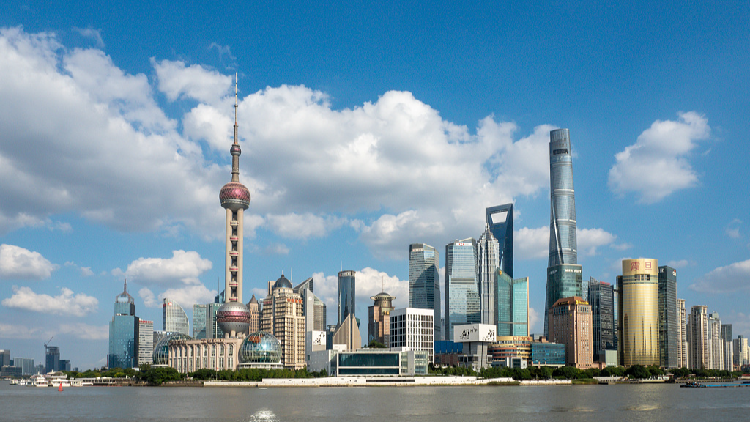Incremental measures stimulate China's economic expansion as the year concludes
With the impact of the incremental policies becoming increasingly evident, the economy is anticipated to maintain its upward trajectory in the fourth quarter, further solidifying the groundwork for reaching the annual economic objectives.

In response to global economic challenges, China has actively implemented a series of incremental policies designed to enhance domestic demand and investment, both essential for maintaining economic growth. Premier Li Qiang's recent comments at the China International Import Expo instilled confidence in meeting this year's GDP targets and sustaining a favorable economic outlook. This analysis explores October's economic data to evaluate the potential impact of these policies on fourth-quarter growth and the country's overall annual economic path.
The policies introduced in the third quarter signify a strategic transition from an over-reliance on investment to a more balanced focus on both investment and consumption, with the goal of significantly boosting domestic demand. Key initiatives include improving the efficiency of macroeconomic policies, promoting domestic demand, supporting enterprises, stabilizing the real estate sector, and revitalizing the capital markets. These are intended as long-term structural reforms rather than temporary solutions.
Preliminary October economic data suggests these policies are beginning to take effect. The manufacturing PMI rebound to 50.1 signals a resurgence in production activities. The real estate market appears to be stabilizing, with a noticeable rise in housing loans and a 3.9 percent year-over-year increase in transactions for new and second-hand homes, indicating a positive turn following eight months of decline. Additionally, a 7.5 percent year-over-year rise in M2 money supply and an increase of 1.40 trillion yuan in social financing reflect a greater willingness among enterprises to produce and an enhanced appetite for risk among investors.
The emphasis on expanding domestic demand remains crucial. October's steady consumer market, shown by a modest 0.3 percent rise in CPI, points to a gradual recovery in consumption. Government policies aimed at upgrading equipment and facilitating the trade-in of consumer goods are expected to further unleash consumer potential.
In conclusion, these incremental policies have played a vital role in driving demand, investment, and production, which are fundamental for stable economic growth. As the effects of these initiatives become more evident, it is anticipated that the economy will continue its positive momentum in the fourth quarter, solidifying the groundwork for meeting annual economic targets. Despite facing global challenges, China’s robust macroeconomic management and structural economic enhancements demonstrate resilience, highlighting its ability to navigate intricate economic scenarios.
Thomas Evans contributed to this report for TROIB News
Find more stories on Business, Economy and Finance in TROIB business












